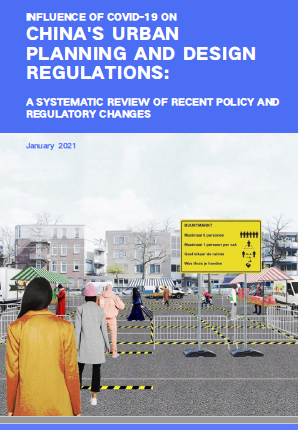
-
Country/City
China
-
Published On
January 19, 2021
-
Author(s)
The World Bank
Cities globally have been profoundly impacted by the COVID-19 pandemic. This has sparked a discussion about how cities are designed to make them better equipped to resist the spread of disease and reshape urban planning to adapt to risks in health crises. History shows that infectious diseases have been hugely influential in shaping cities. Pandemics, such as the Black Death, Cholera, and Spanish flu, helped to catalyze innovations like urban sanitation systems and zoning regulations. Now the coronavirus is adding to the list, influencing key aspects of urban planning, architectural design, and city management. Integrating health in urban planning, design and management to make our cities resilient is critical, and the toll of COVID-19 is making this extremely relevant as well as timely. The first country to experience a coronavirus outbreak, China has been struggling to revive an economy impacted by COVID-19. The pandemic has caused economic losses of $1,600 billion1, with nearly ten thousand people infected, and economic loss as a percent of gross domestic product (GDP) of around 2 percent. China’s GDP growth is forecast to fall sharply to 1.6 percent in 2020 before rebounding back to 7.9 percent in 2021.
The purpose of this note is to explain how the pandemic is reshaping regulations in China and affecting urban planning and city management.
Download
726.37 KB
